Canon EOS 600D camera in a line of amateur digital SLR cameras of company Canon takes a middle position. It is designed for both beginners and experienced amateurs. Camera was announced on February 7, 2011.
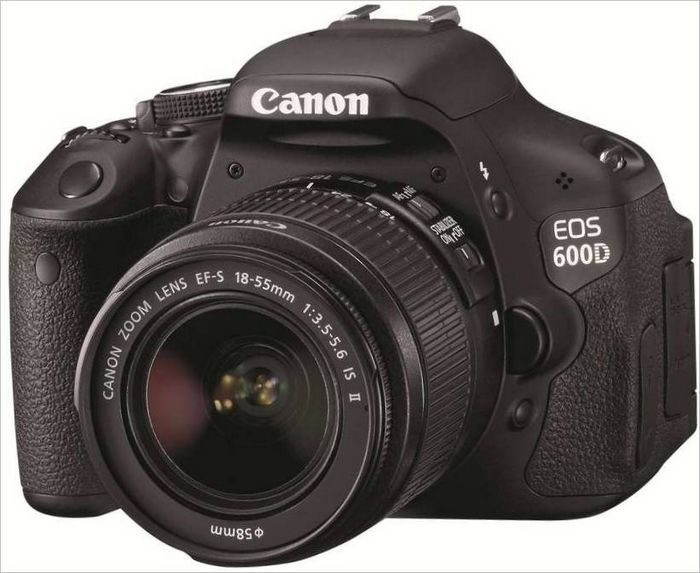
Canon EOS 600D amateur digital SLR camera
Technical Specifications
Sensor: CMOS with dust cleaning function
Size: APS-C 22.3 × 14.9 mm
Resolution: 18MP 5184×3456
Krop Factor: 1.6
Recording format: RAW, JPEG
Light sensitivity: ISO 100-6400 expandable to 12,800
Video: MOV H.264 sound: Linear PCM , 1920×1080 29,97 25 and 23,976 fps./s , 1280×720 59.94 50 fps./s , 640×480 59.94 50 fps./s
Viewfinder: pentaprism
Frame coverage: 95 percent
Display: color LCD TFT , variable angle, 3 inches, about 1,040,000 dots, Live View mode with autofocus
Shooting speed: up to 3.7 fps, JPEG 34 fps, RAW 6 fps
Memory Cards: SD, SDHC, SDXC
Weight: 570g
Price: ~ $1050
Introduction
In the New York office of Canon in a complete set with a camera for testing was offered a standard lens Canon EF-S 18-55mm f/3.5-5.6 IS II. The new camera has aroused legitimate interest, and the first item is to look for differences from the Canon EOS 550D.
A close look at the camera showed no outwardly noticeable difference except for size and weight, but there is one important difference, and it widens the scope of the camera for many photographers dramatically.
Feature of the new camera is the design of the monitor: it became rotating. Never before seen such a solution in this series of cameras.
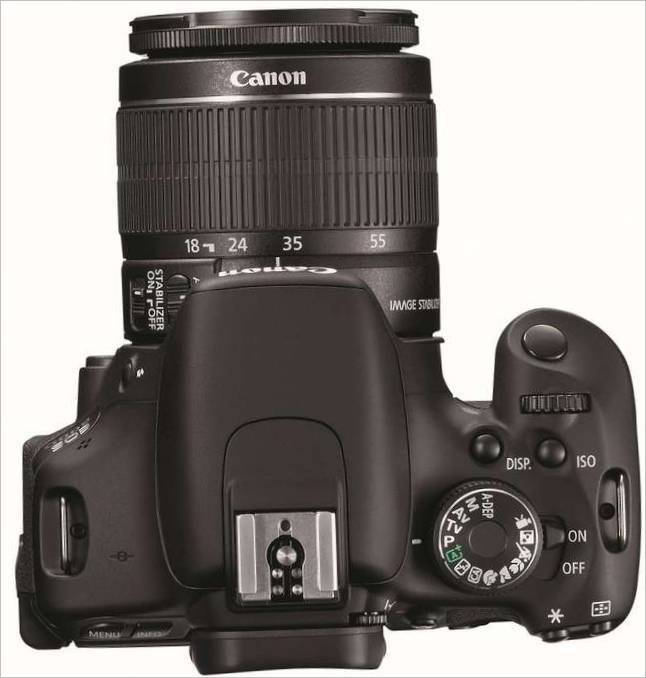
Design, ergonomics and controls
The camera body is made of polycarbonate fiberglass with a stainless steel frame. The now traditional solution makes the camera much lighter, allowing it to retain its high sturdiness and precision. The layout of controls in comparison with EOS 550D in fact was not changed, except that the form of some buttons is more fashionable.
The size of the camera has increased slightly because of the rotating monitor, but this is almost imperceptible. The ergonomics of the body remain graspable, and the controls let you do almost all the switching with one hand. Holds well in both the male and female hand, but in the large palm of your hand the camera sometimes feels too small.
Traditionally, in cameras of this class, most manufacturers use a minimum of external controls, preferring to move most of even the operational settings of the camera in the menu. From my long professional experience, this design approach does not seem right to me, but I understand the motivation.
The desire to cheapen production and small free surfaces of the case make to look for a compromise, but this is the type of the decision when all parties are not pleased about something. Canon cameras are attractive in this respect with a reasonable approach. The button layout used in this camera series is quite usable, and I hope that the following models will also see minimal changes of this kind.
What the camera can do
It has somehow become customary to update almost every year the models in this series of amateur cameras. The resulting hardware upgrade is quick, but the design changes are not revolutionary, as often happens with other series.
There is a plus in this approach, because when you switch to a new model the photographer does not have to make radical changes. However, when you examine the new model, you might not notice some important innovations in the thick manual. One of these features EOS 600D – the ability to change the aspect ratio. In total there are four formats with aspect ratios: 3:2 as a basic for SLR cameras , 4:3 normal for compact cameras , 16:9 panoramic and 1:1 square .
Of course you could crop the image afterwards, but the composition is usually better when you match the format to the subject rather than the other way round. Included among the exposure programs is “Intelligent Scene Mode,” which differs in that it doesn’t preset shooting parameters by program, but rather offers one of the program mode oriented for a particular shoot based on its evaluation algorithm.
Greatly enhanced capabilities of the built-in editor for captured images. In addition to the already familiar changes in brightness, contrast, noise reduction now has four settings for high sensitivity and a setting for slow shutter speeds.
In addition, a set of original filters to create creative effects. Experience of using the previous model has shown that the set of functions and very high performance for this class will keep it on the modern level for a long time.
The new modification, based on a proven functionality, has become more versatile, opening up new possibilities in the construction of the frame and making available unattainable before points of capture.
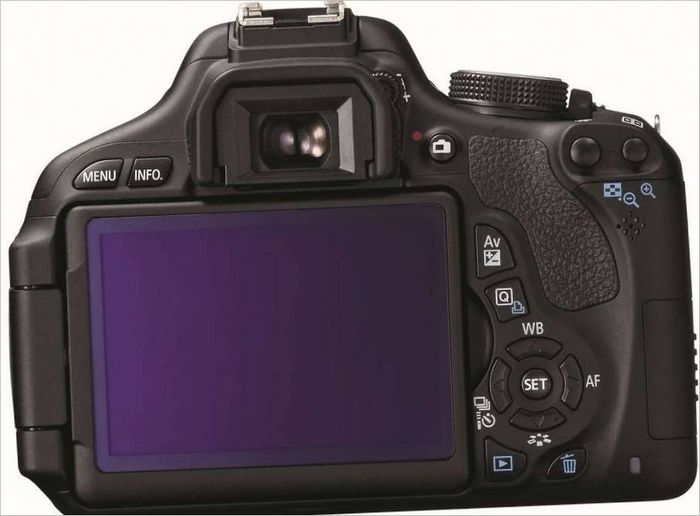
Test photography
Given that the users of the new camera will be quite active photographers who buy it not only for family photos, but also for outdoor activities and travel, to determine the nature of the subjects is easy: a landscape, architectural and genre photography, which requires some discreet. Testing of macro photography in the open countryside was an obvious choice. Priority was given to shooting with a rotating monitor.
It is quite difficult to shoot small objects with the standard zoom, but there are more than enough topics that could be classified as macro shots in the world around us. The flowerbed with tulips was the best match for this. The bright, juicy flowers were attractive on their own and looked great in the pictures.
The advantages of the monitor shots were shown to full advantage, allowing for interesting low-point shots. The only problem was the bright sun that sometimes prevented seeing details on the monitor. The most interesting ones were the ones shot at a wide angle, which allowed for a wide perspective.
The territory of the Museum-Reserve named after A.S. Pushkin. The EOS 600D is notable for a small number of visitors, interesting architecture and well-appointed territory of St. Andrew’s Church of St. Andrew’s. The museum’s vast courtyard is a favorite place for artists and a small number of visitors to make sketches. For a location that is almost in the center of town, the conditions are extremely favorable. The internal architecture was shot on a sunny day, but in shadowy conditions.
This lighting is characterized by more blue than the light of an overcast day, and the blue hue is especially noticeable if there are areas in the frame illuminated by direct sunlight and having a warm hue. Since the camera was tilted, it did not have any geometric distortions in the picture. Good auto white balance helped to avoid obvious color variations.
The problem of taking pictures of bells was more complicated, because parts of the sky and brightly shining greenery were used as a background. Nevertheless, the result is satisfactory, inasmuch as it completely matches the visual impression. This genre photo shoot failed because the only other passerby was the photographer.
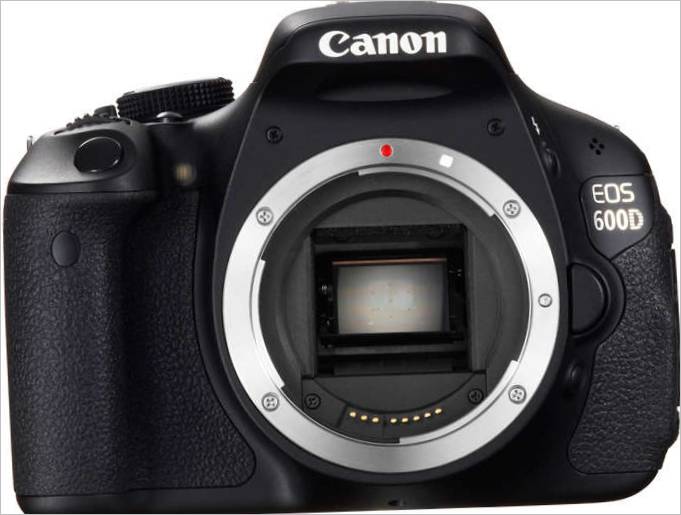
Naturally, hidden shooting was out of the question and taking pictures from long distances with the standard zoom was useless. But taking a group of artists as a group showed how well the camera worked in direct light. The image came out well both in highlights and shadows. Against the light the photos of trees are always interesting with their delicate leaves’ color and play of light in the interlacing of branches, and if you add graphic shadows intricately reproducing silhouette of a tree then the subject becomes so attractive that it is impossible to go by.
The main difficulty of such photos is correct determination of exposure. Usually you have to make big exposure compensation, but in this case the best shot was the one without any compensation. Apparently, the camera automatics is good at equalizing the ratio of densities, selecting the best exposure option.
The beautiful temple was well framed from the chosen point, but the branches of a nearby tree partially obscured the dome. Again the pivoting monitor helped in this case. It was enough to lower the camera down, and the view of the building became completely clear.
With flowers and a flowerbed we had an interesting situation which is often seen in the south: the angle of incidence of light on the ground turned out to be such that most of the reflected light was directed towards the camera, and the paved pathway became a kind of reflector, which resulted in large parts of the frame being strongly overexposed.
Another scene with spotty shadows, difficult to reproduce, turned out amazingly well previous generations cameras usually failed in that situation . The black tires on the scooter turned out great, as did the distinctive bright orange and the bright metal details.
Next series of shots was dedicated to genre photography on Arbat. This is probably the only place in New York where they pay so little attention to a person with a camera. But there was a lot of communication going on all the time, and that always gave hope to catch some interesting scenes. All the shots in this walk-through were done with a monitor sighting and with a little camera masking.
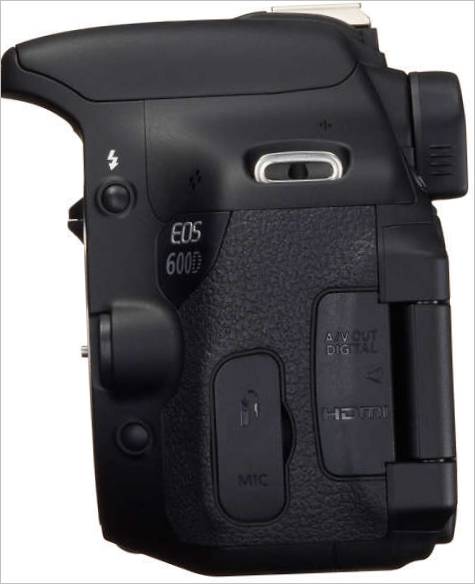
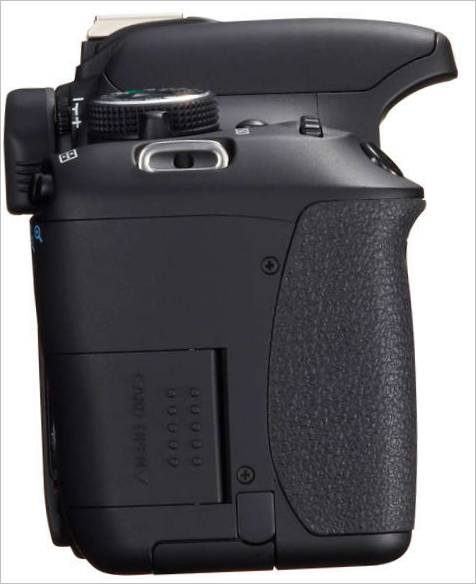
It has long been known that it is the sharp movements of the photographer, the obvious camera display and the noticeable attention to the subject that draw the photographer’s attention the most. The easiest way not to attract attention is to put the camera on the holster, point the lens in the direction of the object, and turn your body slightly sideways and shoot sideways to your side. You should never look directly at your subject, because people can always sense other people’s eyes and react to them.
Also, do not stay alone in an open space, you must either join a group of people or select a static element of the environment and most importantly – have patience. This was the method of further shooting. The camera was a very handy tool for this kind of work, and the autofocus system was great. The automatics unmistakably chose the point of focus, allowing you to focus only on the subject.
Also the auto exposure system in the matrix metering mode worked very well. The challenges were different, but not the right lens for this kind of photography. I distinctly felt the range of focal lengths was insufficient: zoom lenses with a magnification of 5x or even 10x are preferable for such scenes. Changing lenses during a shoot is undesirable, because such actions attract attention. That’s why I shot only one more or less close-up, and for that I had to cover the camera with my hands, almost blindly.
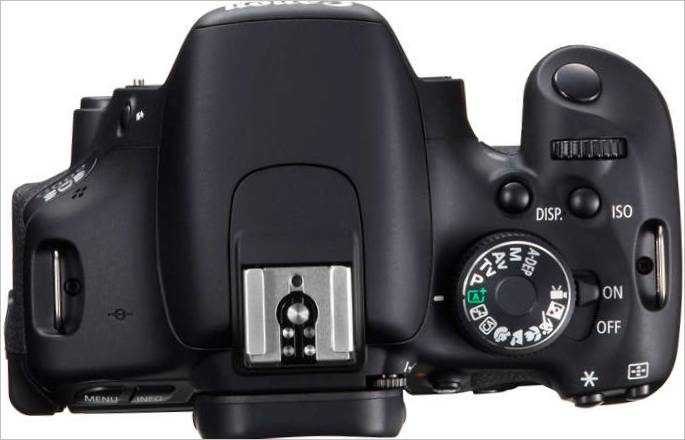
Conclusions
The initial assessment of the camera’s capabilities on the whole turned out to be correct and the EOS 600D can safely be recommended to both not very experienced amateurs and experienced photographers, including even professionals. Small size and weight of the camera makes it easy to have it with you all the time, and the same features make it attractive for professionals as a spare camera.
The image quality of the camera rivals higher class models and with high-quality optics will meet the highest criteria. The only limitation is the slow continuous shooting speed, so it can be difficult to shoot sports.
We thank Canon New York office for the camera we received for testing.
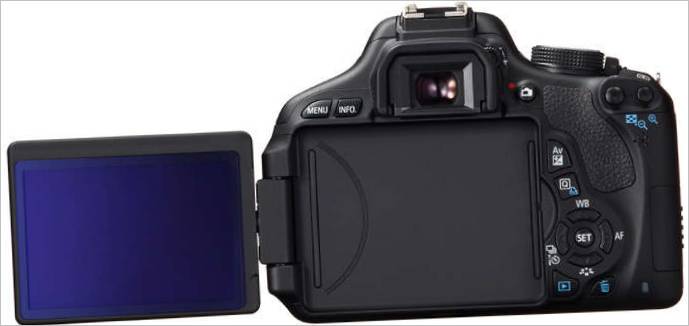
Picture tests
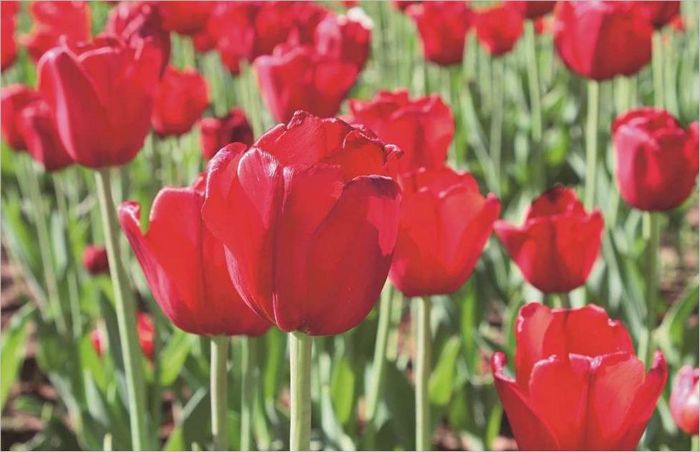
Photo 1. It was a sunny day, there was practically no wind, so we managed to keep the aperture down and the sensitivity for a faster shutter speed was not too high. The pivoting monitor provided the right height for the point of view f/11, 1/320 sec, ISO 800, focal length of 49mm .
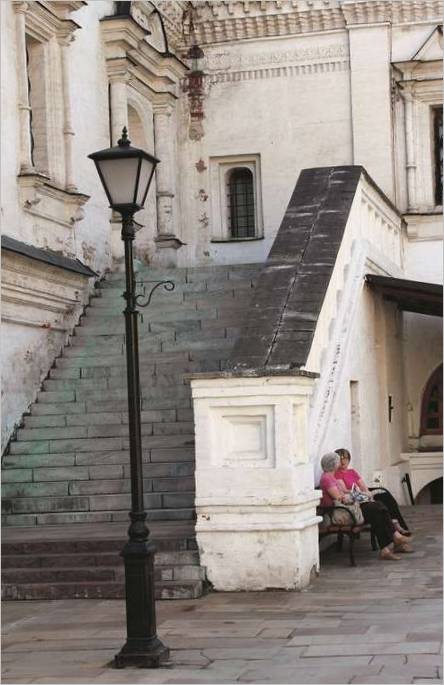
Photo 2. I took the picture looking through the viewfinder. The lighting in the shadows usually has a cool, bluish tone. Auto-balance brought the overall color to a neutral tone f/9, 1/200 s, ISO 400, focal length 41 mm .
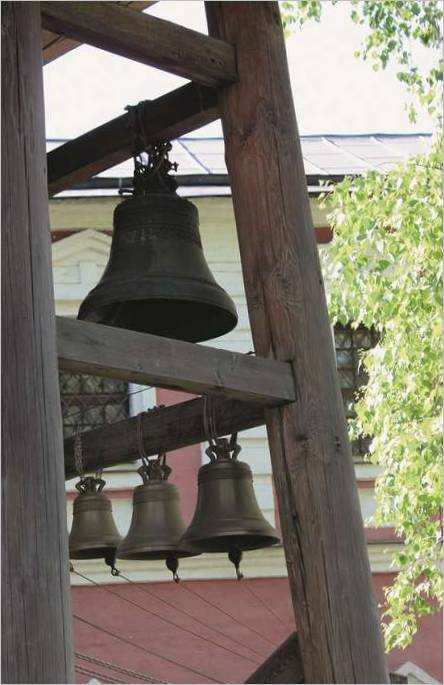
Picture 3. Details can be more interesting than the structure as a whole. The difference in exposure between shadow and light is usually too great for a meaningful reproduction. In this shot, the camera held back literally on the edge f/7.1, 1/125 s, ISO 400, focal length 55 mm .
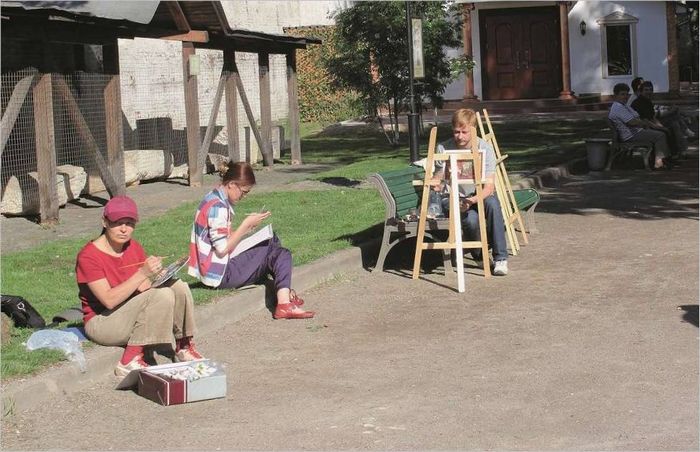
Photo 4. Afternoon sun behind the camera. Both highlights and shadows are well defined. The small range of the regular zoom didn’t make it easy to get close-up shots f/11, 1/320 s, ISO 400, focal length of 35 mm .
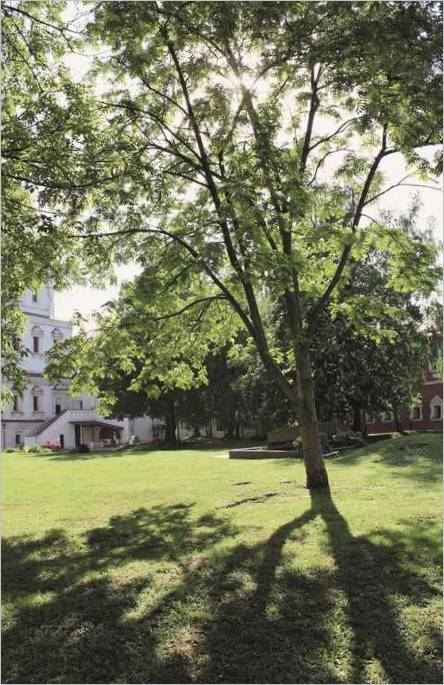
Photo 5. The shot with green in priority is quite characteristic of summer. The camera reproduced real shades well f/9, 1/200s, ISO 400, focal length 18mm .
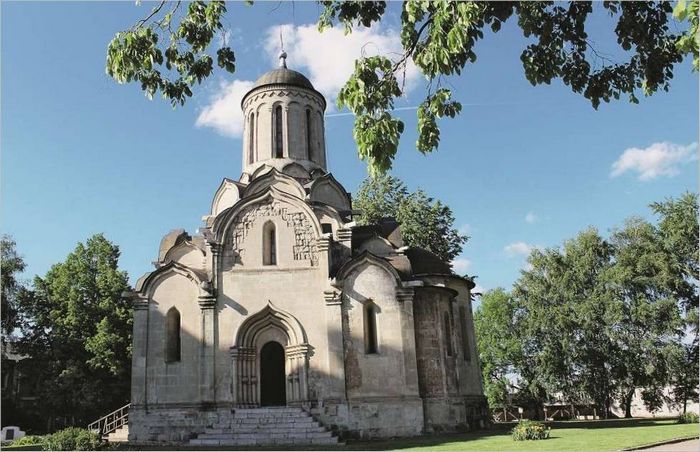
Photo 6. Shooting from a low point distorted the geometry a bit, but made it possible to shoot the temple from under the tree branches. Deep shadows appear remarkably well-defined f/9, 1/200 sec, ISO 400, focal length 18mm .
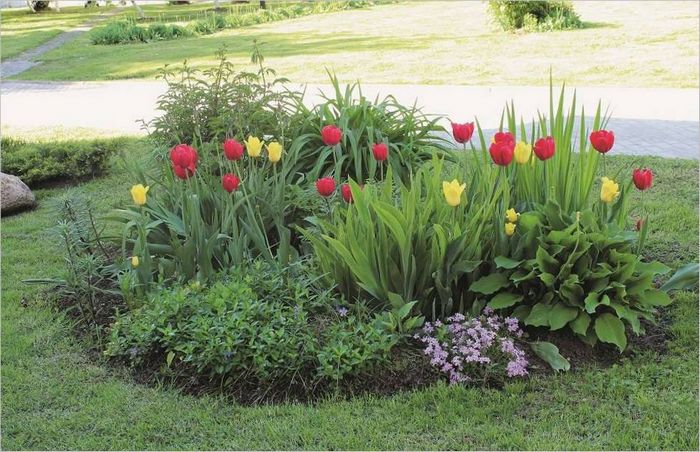
Photo 7. The angle of light reflection from the asphalt was such that it hit the camera, and it looked blindingly bright, so the overexposed areas are understandable f/7.1, 1/125 sec, ISO 400, focal length 29mm .
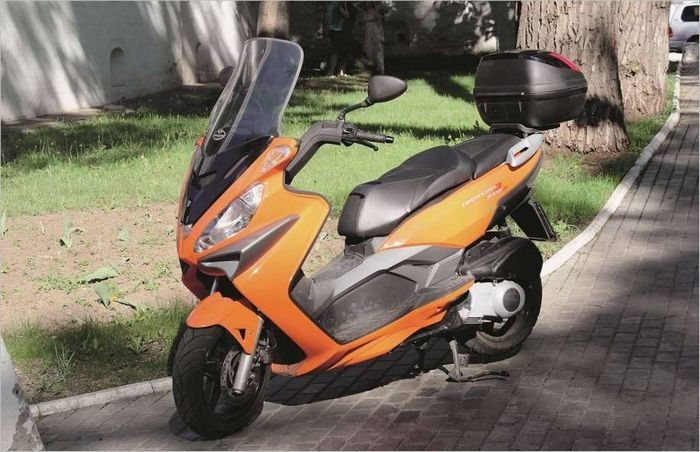
Photo 8. No overexposed areas with a different angle of incidence, even the highlights are well-defined f/10, 1/320 sec, ISO 400, focal length of 55mm .
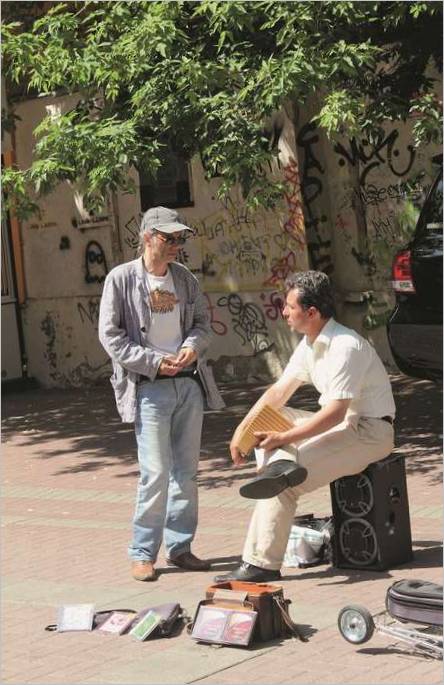
Photo 9. The bright sun really blew out the clothes, but it didn’t ruin the picture f/10, 1/320 sec, ISO 400, focal length 55mm .
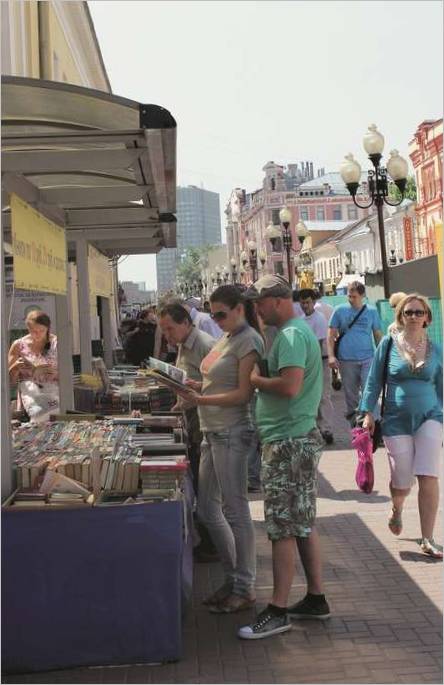
Photo 10. Shooting against the light did not present any difficulties, but some parts of the highlights were not well defined f/11, 1/320 sec, ISO 400, focal length of 35mm .
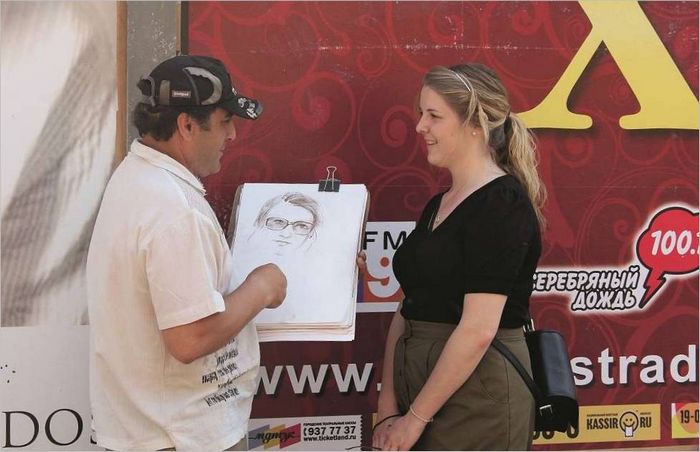
Photo 11. This series of shots was made “under cover” of passersby, but the camera had to be covered with a hand anyway f/11, 1/250 sec, ISO 400, focal length 55mm .
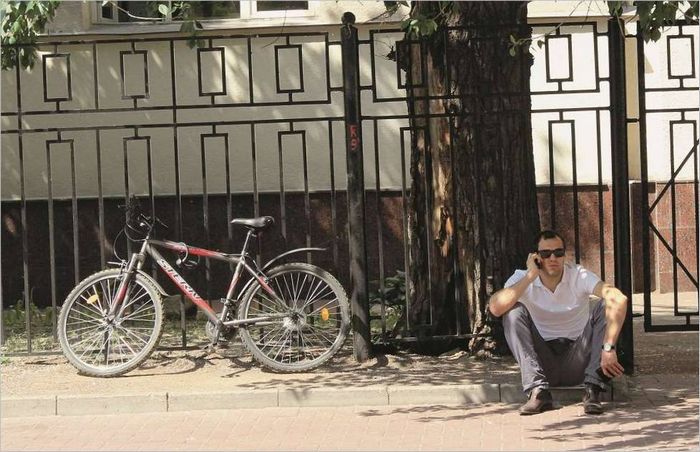
Photo 12. The man with the phone saw that he was filmed, but did not pay attention to it, because the shooting distance was long enough f/9, 1/200 sec, ISO 400, focal length of 55 mm .
Camera tests with other manufacturers cameras:
Nikon D3100 SLR test: a pass into the SLR world
Sony SLT-A55 SLR test
Test of a Canon EOS 1D Mark IV professional DSLR: Speed Shot for Speed Shot

I’m curious to know how the Canon EOS 600D DSLR performs in capturing images between shades and light. Does it excel in balancing exposure and maintaining high image quality in challenging lighting conditions? Any insights or personal experiences shared would be greatly appreciated!